In addition to the VOC posts on Ambon's north coast, on the west coast a trade post was established to safeguard the spice monopoly at the village of Larike. The post was established on the left bank of a river mouth. In 1625 palisade walls where built to protect the wooden houses of the trade post against attacks from the people of Ternate. Two round, earth-filled towers were built on two of the opposite corners of the squire palisade structure and a sergeant with seventeen soldiers and four artillery pieces were stationed here to defend it. In 1633 governor Aert Gijsels started the construction of a more solid stone blockhouse, which was completed in 1634. This was just in time, because tensions were growing between the VOC and the people of Hitu about the spice monopoly. This eventually led to a revolt. Larike remained loyal to the VOC and was unsuccessfully attacked several times between 1635 and 1639. During a raid in august 1641 the village was burned, only the blockhouse which formed the home of the head merchant was not occupied and survived. Initially the structure had simply been known as fort Larike, only in 1656 it was renamed “Rotterdam” by governor De Vlaming van Oudshoorn. The post remained in use by the Dutch until 1873, although it was occupied by the British between 1776 and 1817. Today only parts of the walls still stand. These remains have now become integrated into houses of local people.
Images
-
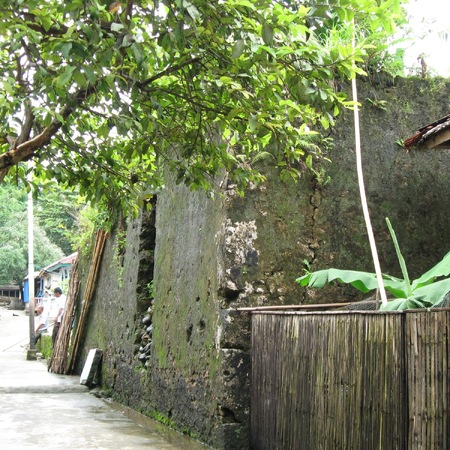
Western point of fort Rotterdam, Larike
Mansyur, Syahruddin
-
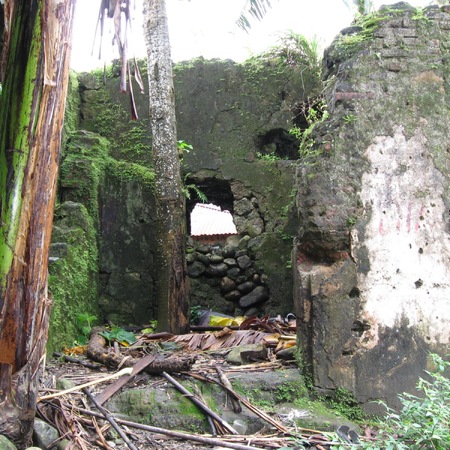
Walls of fort Rotterdam, Larike
Mansyur, Syahruddin
-
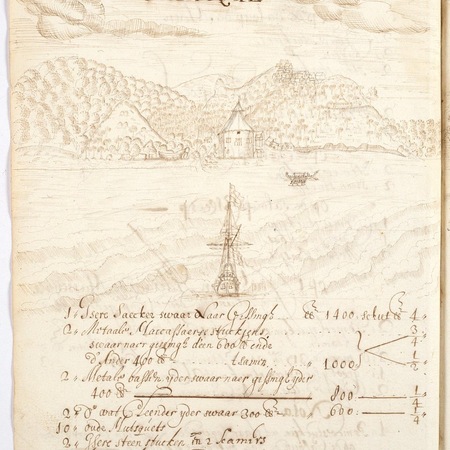
View of Larike, expedition A. Gijsels
Anoniem / Anonymous / Gijsels, Artus/Arnoult
-
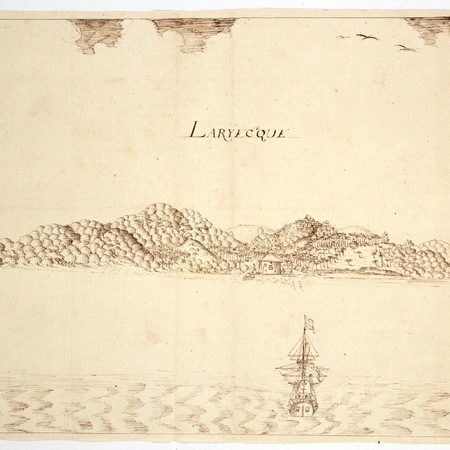
View of Larike, expedition A. Gijsels
Anoniem / Anonymous / Gijsels, Artus/Arnoult
-
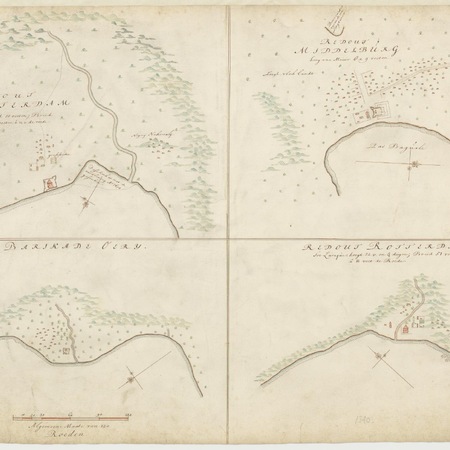
Maps of the Hila, Larike, Pas Baguala and Ourien fortifications
Graaff, Isaac de
-
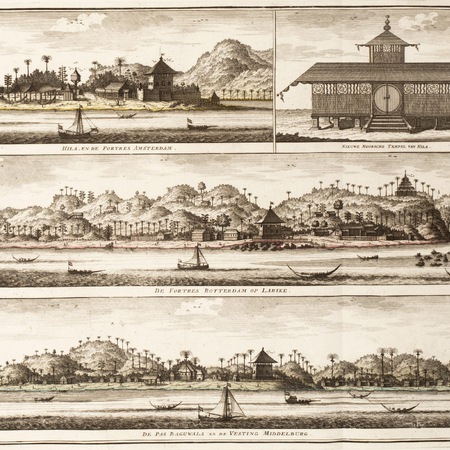
Three perspectives of the island Ambon
Ottens, Frederik / Baarsel, C. van